Brilliance in Every Shade: Exploring Beauty Standards in the Black Community
Introduction
Beauty has long been a complex construct, shaped by culture, society, and personal experiences. In the Black community, beauty standards have been influenced by historical narratives, socio-economic factors, and media representation. This article explores the various dimensions of beauty in the Black community, from skin tone and hair texture to body shape and features, while also examining how these standards evolve and intersect with issues of race, identity, and self-acceptance.
Historical Context of Beauty Standards in the Black Community
Beauty standards have been historically influenced by colonialism, slavery, and systemic racism. The portrayal of beauty in mainstream Western media often promotes Eurocentric ideals, which can lead to the devaluation of Black features. This paradigm has roots in the Transatlantic Slave Trade, where notions of superiority and inferiority were established based on skin color and physical attributes.
The preference for lighter skin within the Black community can be traced back to colonial narratives that equated whiteness with purity and desirability. This "colorism" not only affects personal self-esteem but also influences social dynamics, job opportunities, and relationships within the community and beyond.
Colorism and Its Impact
Colorism refers to discrimination based on skin tone, often with lighter skin being privileged over darker skin. In many Black communities, lighter skin is associated with beauty, success, and desirability. This hierarchical structure perpetuates a sense of inferiority among individuals with darker skin complexions, leading to internalized racism.
Colorism has been examined in literature and media, from Zora Neale Hurston’s writings in the early 20th century to modern discourse on social media platforms. The impact of colorism is profound, affecting mental health, self-perception, and community dynamics.
Hair: An Expression of Identity
Hair texture and styles have also played a significant role in shaping beauty standards within the Black community. With its rich variety, Black hair is often seen as a form of expression and cultural identity. However, societal pressure has historically pushed individuals toward straightened hairstyles, viewing them as more "professional" and "acceptable."
The natural hair movement has been a critical response to these imposed standards. It encourages embracing natural hair textures and promotes pride in Black beauty. Social media has been instrumental in this movement, as platforms like Instagram and YouTube offer spaces for individuals to share their hair journeys, techniques, and styles. The impact of this movement is evident in the growing popularity of natural hair products and a shift in societal perceptions around beauty.
Body Image and Beauty Norms
The ideal body type in the Black community is often influenced by historical narratives about Black women and their bodies. While mainstream media might promote thinness as the ideal, many Black women find empowerment in celebrating curves and embracing body positivity.
The celebration of body diversity has been gaining traction, with public figures and influencers using their platforms to promote self-love and body acceptance. Movements like "Black Girls Are Magic" serve to uplift Black women, reminding them that their worth transcends societal standards.
The Role of Media and Representation
Media representation plays a crucial role in shaping beauty standards. Historically, Black individuals have been underrepresented or misrepresented in film, television, and advertising. However, the past decade has witnessed a significant shift, with more Black actors, models, and influencers taking center stage.
This change is essential for fostering a diversity of beauty standards. The portrayal of Black individuals in various roles—not just stereotypical ones—allows for a broader understanding of beauty that includes different skin tones, hair types, and body shapes. Platforms like BET, OWN, and social media channels are increasingly providing visibility to a variety of narratives, reinforcing the message that beauty comes in all shades.
Embracing Cultural Influences
Beauty standards in the Black community are also deeply intertwined with cultural heritage. African traditions, customs, and practices influence beauty perceptions, reminding individuals of their roots and the importance of cultural identity.
From traditional African hairstyles to the significance of certain colors and patterns in clothing, cultural influences offer a rich tapestry of beauty standards that extend beyond the constraints of Western ideals. Celebrating this diversity not only enriches personal identity but also fosters a sense of community.
The Psychological Impact of Beauty Standards
The pressure to conform to certain beauty standards can have psychological implications, ranging from low self-esteem to anxiety and depression. Members of the Black community may grapple with feelings of inadequacy if they do not meet these standards, leading to significant mental health challenges.
Therapeutic approaches that prioritize self-acceptance, cultural pride, and community support can help combat the negative effects of beauty standards. Schools, community organizations, and family structures play vital roles in nurturing positive self-images and combating colorism and other beauty-related biases.
Breaking the Mold: Contemporary Movements
In recent years, various movements have emerged in the Black community to challenge conventional beauty standards. Initiatives like "A Girl Like Me," which explores the self-esteem issues among young Black girls, emphasize the importance of fostering pride in one’s identity.
Online platforms and social media have provided a venue for sharing narratives and fostering community around these issues. Influencers and activists use their platforms to advocate for greater representation and inclusivity, emphasizing that beauty is not monolithic but is instead an array of experiences and identities.
Conclusion
Beauty in the Black community is a multi-faceted concept, steeped in cultural significance and shaped by historical contexts. As individuals continue to challenge and redefine beauty standards, there is an increasing recognition that brilliance can be found in every shade. The journey towards self-acceptance and embracing diversity is ongoing, but as discussions around beauty evolve, so too does the understanding that Black beauty is not confined to one narrow definition, but rather encompasses a rich spectrum of experiences and identities.
References
- Hurston, Z. N. (1937). Their Eyes Were Watching God. J.B. Lippincott.
- Harris, M. L. (2020). “Colorism: The New Racism.” Journal of Black Studies, 51(9), 817-834.
- Hall, S. (1997). Representation: Cultural Representations and Signifying Practices. Sage Publications.
- Kellner, D. (2010). Media Culture: Cultural Studies, Identity, and Politics Between the Modern and the Postmodern. Routledge.
- Milner, H. R. (2013). "Racial and Ethnic Identities in the Youth Literacy Experience." International Journal of Qualitative Studies in Education, 26(8), 1-20.
- Payne, G. (2017). “The Journey to Natural Hair: Impact of Colorism on Self-Esteem.” Journal of African American Studies, 21(4), 628-641.






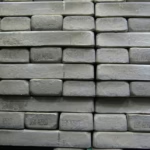








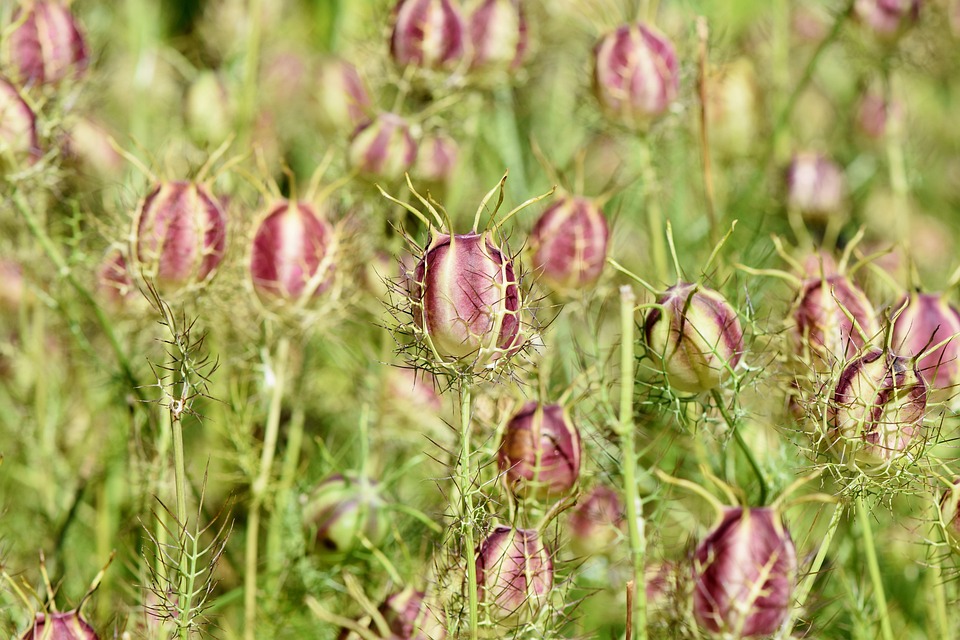
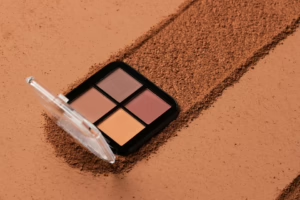
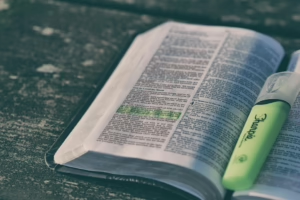
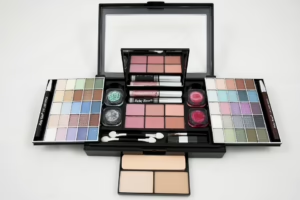
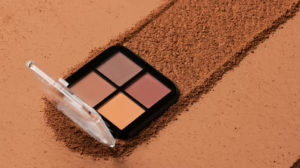
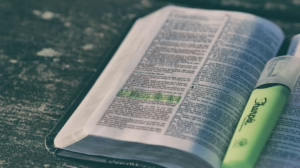
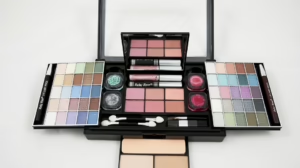




Add Comment